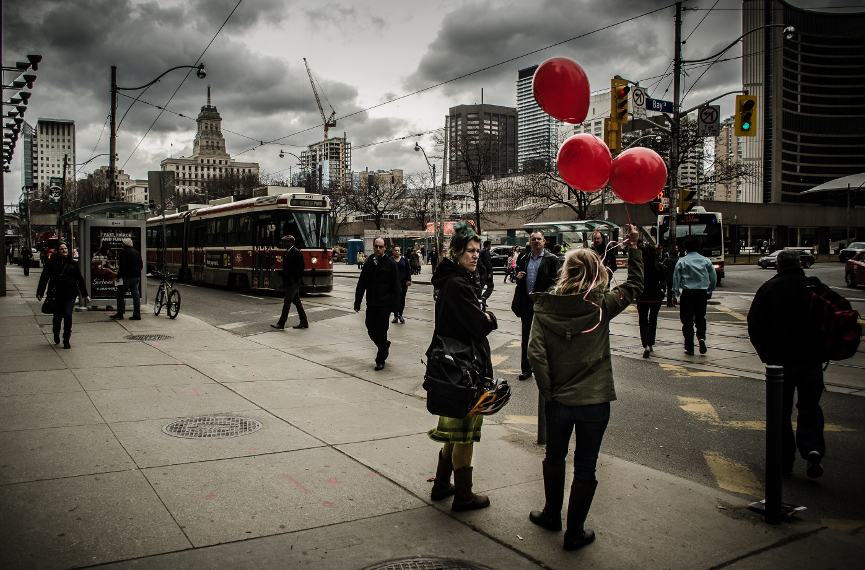Facts About Framing Streets Revealed
Facts About Framing Streets Revealed
Blog Article
The Only Guide for Framing Streets
Table of Contents8 Easy Facts About Framing Streets ExplainedAn Unbiased View of Framing StreetsIndicators on Framing Streets You Should KnowAn Unbiased View of Framing Streets

Both at the Gallery of Modern Art (Mo, MA). Inspired by Frank, in the 1960s Garry Winogrand, Lee Friedlander and Joel Meyerowitz started photographing on the roads of New york city. Phil Coomes, writing for BBC Information in 2013, stated "For those of us curious about street photography there are a couple of names that stick out and one of those is Garry Winogrand"; doubter Sean O'Hagan, composing in in 2014, said "In the 1960s and 70s, he specified street digital photography as a mindset along with a style and it has actually laboured in his shadow since, so definitive are his photos of New York." Returning to the UK in 1965 from the United States where he had met Winogrand and embraced street digital photography, Tony Ray-Jones turned a wry eye on commonly unique collections of British people on their vacations or joining celebrations.
Street digital photography is a huge style that can be defined in many methods, but it is usually defined by the spontaneous catching of an unrepeatable, short lived minute, typically of the day-to-day going-ons of strangers. It is characteristically fired with larger angle lenses (e. g. 35mm) and normally includes urban atmospheres.
8 Easy Facts About Framing Streets Explained
Documentary photographers commonly have actually a specified, conscious message and an intent to videotape certain occasions in background (https://soundcloud.com/framingstreets1). The range of the docudrama strategy incorporates facets of journalism, art, education and learning, sociology and background. In social examination, documentary photos are usually meant to provoke, or to highlight the need for, societal change
Road digital photography is usually viewed as unposed and candid, however there are a few street digital photographers who engage with complete strangers on the streets and take their portraits. Street pictures are unintended pictures taken of unfamiliar people while out doing street photography, however they are viewed as posed due to the fact that there is communication with the topic.
Photographing individuals and locations in public is legal in the majority of countries safeguarding liberty of expression and journalistic flexibility. There are usually restrictions on exactly how photos of individuals may be used and most nations have certain laws concerning people's privacy.
The Greatest Guide To Framing Streets
The right to personal privacy is protected by Short article 8 of the convention. In the context of digital photography, it stands up in arms to the Write-up 10 right of freedom of speech. As such, courts will usually consider the public interest in balancing the rights through the legal test of proportionality. While likewise limiting photography in order to shield personal privacy civil liberties, road photography can still be legal in France when pursued as an art kind under particular scenarios.

. that just strayed right into a scene), or who are not also well-known in the image. https://www.flickr.com/people/199855997@N03/. It also does not usually extend to individuals who are somebodies (e. g - photography presets. politicians or celebs). If a photo is considered art, the courts will certainly likewise take into consideration the digital photographer's flexibility of artistic expression; suggesting that "artful" road photography can still be legally released in specific situations
9 Easy Facts About Framing Streets Described
In Greece the right to take pictures and release them or sell licensing legal rights over them as fine art or editorial material is protected by the Constitution of Greece (Short article 14 and various other articles) and complimentary speech regulations as well as by situation law and legal situations. Photographing the cops and releasing the photographs is likewise legal.
In Hungary, from 15 March 2014 any individual taking photos is technically breaking the law if a person wanders right into shot, under a new civil code that bans taking pictures without the authorization check it out of every person in the picture - 50mm street photography. This broadens the law on grant consist of the taking of photos, along with their publication
'Surprise digital photography' (kakushidori hidden, surreptitious photography) 'swiped digital photography' (nusumitori with no intention of obtaining consent) and "fast digital photography' (hayayori before consent and rejection can be provided) are forbidden unless in the previous consent is gotten from the subject instantly after taking the photo. Individuals have legal rights to their images (shzken, droit de picture).
Report this page